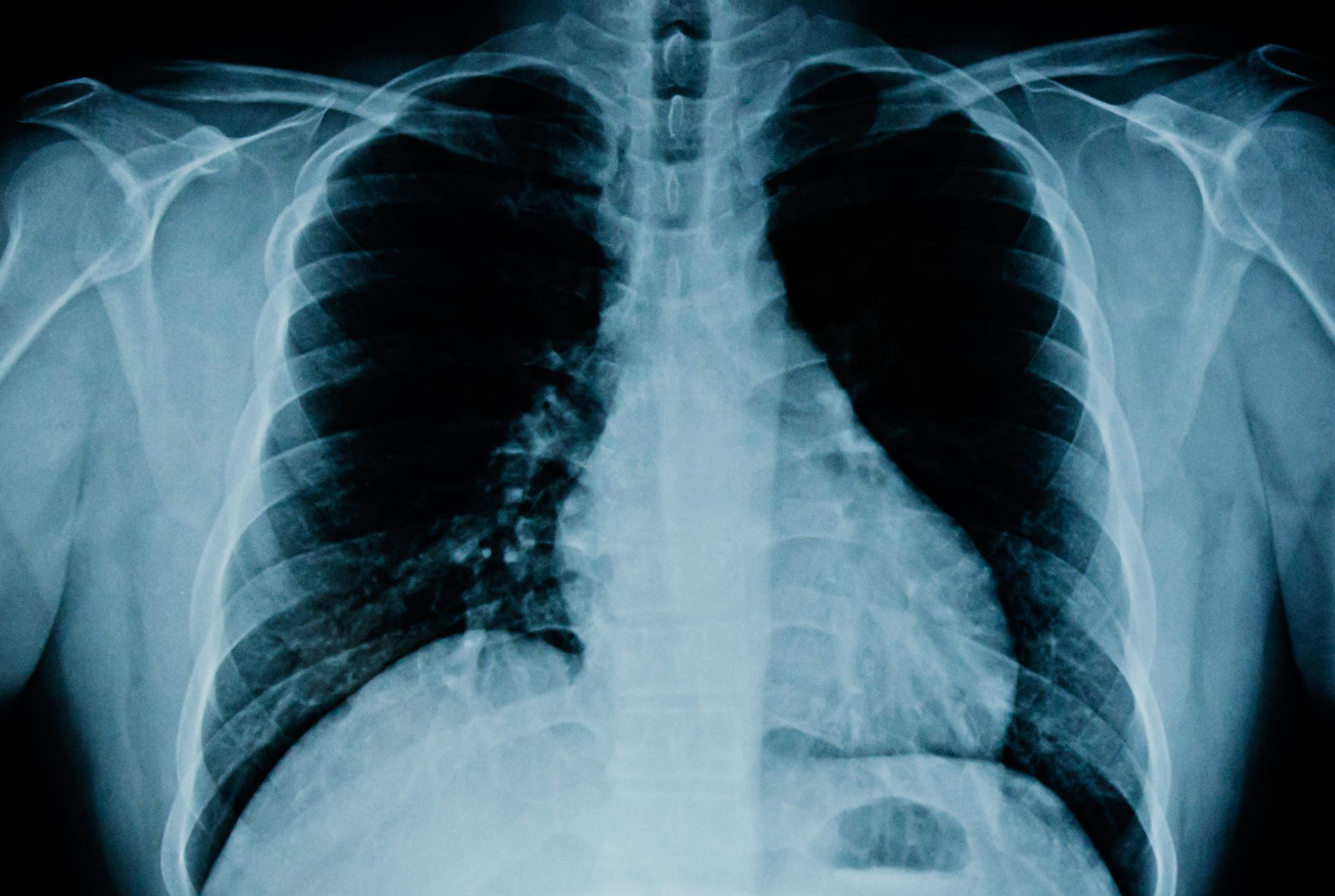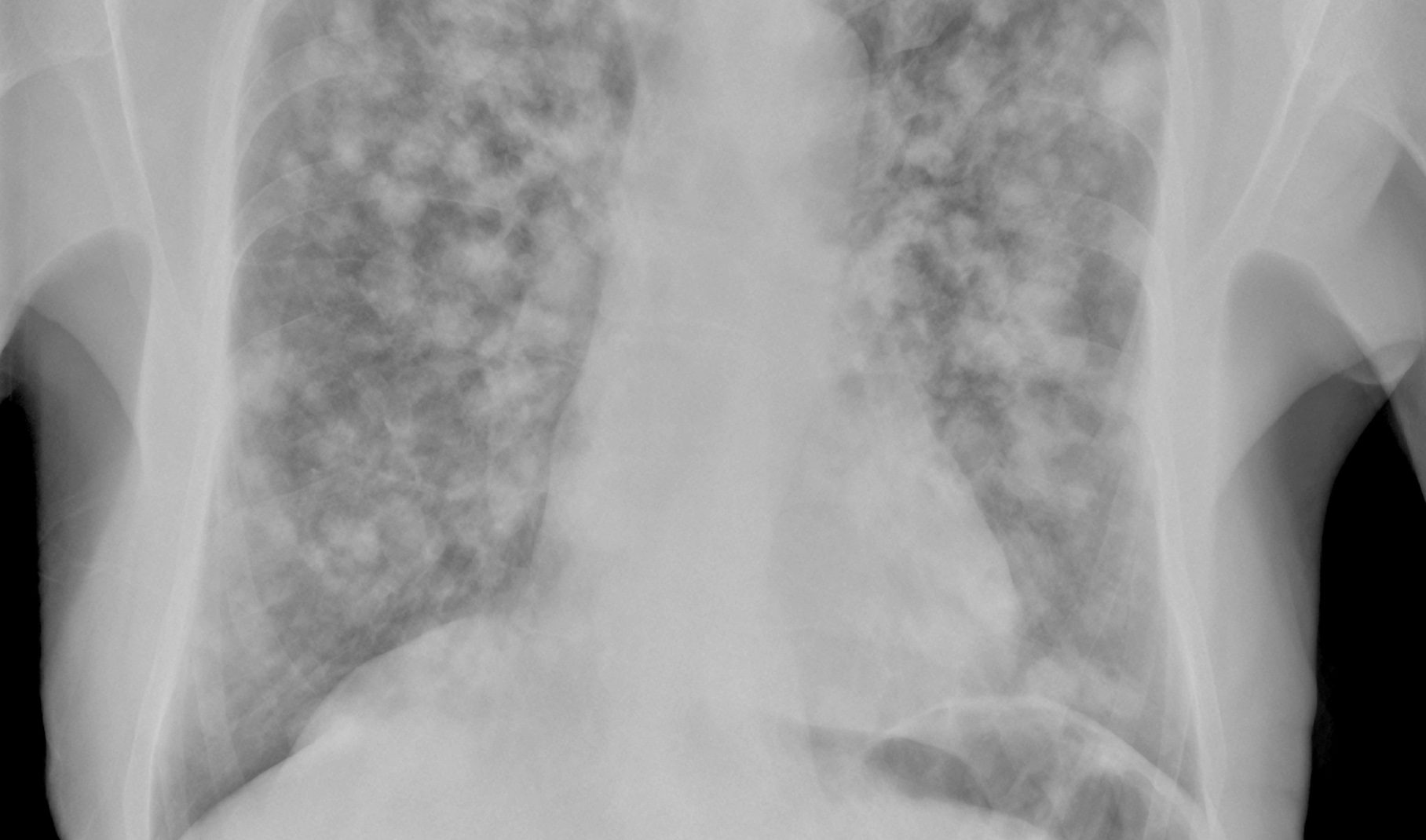A personalized treatment strategy has become an important basic principle in diabetes therapy. In addition to taking into account inter-individual differences in patient characteristics, certain clusters in relation to the risks of microvascular and macrovascular complications should also be kept in mind when selecting therapy. With the use of the modern substance classes of SGLT-2-i and GLP-1-RA, different risk constellations can be taken into account.
Recently, overweight or obesity as a component of diabetes has come to the fore, as have weight-related complications such as non-alcoholic fatty liver disease (NAFLD), reported Prof. Christoph Stettler, MD, Clinic Director and Chief Physician of the University Clinic for Diabetology, Endocrinology, Nutritional Medicine and Metabolism at Inselspital Bern [1]. In addition, cardiovascular complications and kidney disease continue to be very important issues with regard to secondary diseases of diabetes. However, before the appropriate therapeutic steps can be taken, it is important to make the correct diagnosis. This is by no means trivial: “We should not forget that type 1 diabetes can occur at any age,” the speaker reminded the audience [1]. We know that at least 5-6% of type 1 diabetics are incorrectly diagnosed as type 2 diabetics. Recognizing insulin deficiency is important regardless of the type of diabetes, which is also emphasized in the current recommendations of the Swiss Society of Endocrinology and Diabetology (SGED) (Fig. 1).
Set individual HbA1c target corridors and other targets
There has been enormous progress in the field of diabetes in recent years, emphasized Prof. Stettler [1]. In particular, the market launch of SGLT-2 inhibitors (SGLT-2-i) and GLP-1 receptor agonists (GLP-1-RA) has revolutionized drug treatment options. What has changed fundamentally as a result is that these drugs work very well in terms of glycemic control, but they have also been shown to have cardio- and nephroprotective effects. The recommendations regarding the lifestyle factors of diet, exercise and smoking cessation have remained relatively unchanged. It is important to explain the relevance and implications of these factors to patients. With regard to glycemia, HbA1c target values in the ≤7% range are generally aimed for, but the limit values vary according to age. The older someone is, the more likely they are to be satisfied with a slightly higher value, while younger patients tend to aim for lower values. According to the speaker, hypoglycemia should be avoided wherever possible [1].
Metformin as first-line therapy
If lifestyle modification alone is not sufficient, the next step is drug therapy, with metformin still considered the basic treatment in this country. Metformin is retained as first-line therapy because several cardiovascular endpoint studies have been conducted based on metformin treatment and because it markedly lowers hepatic glucose production [2]. “Don’t dose it up too quickly, then the tolerability is good,” advised Prof. Stettler [1].
SGLT-2-i to protect the heart and kidneys
As soon as renal insufficiency or heart failure is an issue, the indication for an SGLT-2 inhibitor should be examined. Empagliflozin and dapagliflozin are now also approved for heart failure without diabetes and can be used regardless of the ejection fraction (HFrEF, HFmrEF, HFpEF). In patients with an eGFR below 30 ml/min/1.73 m², SGLT-2-i can still be given; the effect on glycemia is then reduced, but they have a nephroprotective effect even with impaired renal function. It is important that the “sick day rules” (Overview 1) are observed with regard to metformin and SGLT-2-i in order to avoid the rare but potentially serious side effect of lactic acidosis/ketoacidosis. Specifically, this means that these medications should be temporarily discontinued in the event of acute illness.
GLP-1-RA to support weight loss
GLP-1 receptor agonists (GLP-1-RA) help to improve endogenous insulin secretion and inhibit appetite, i.e. curb feelings of hunger. Tirzepatide, a dual GLP-1/GIP agonist, has now been approved for the treatment of diabetes. In studies, this active ingredient led to an average weight reduction of around 20%. According to the speaker, this is relatively close to bariatric surgery, adding: “Bariatric surgery is clearly more potent in severely overweight patients” [1]. However, the indication is handled with caution in everyday clinical practice; for example, such surgery could be considered for type 2 diabetics with a body mass index (BMI) of 40 or 50 kg/m². In type 1 diabetes, the speaker advised extreme caution, as the surgery has implications with regard to glycemic control [1].
Further expert tips for practical use
In response to the question of the significance of the less frequently used DPP-4 inhibitors today, the speaker explained that although they are less potent in terms of glycemia and weight reduction, they are easy to use. The GLP-1 pathway is also activated by the mechanism of action. The current SGED recommendations point out that DPP-4 inhibitors showed cardiovascular safety in studies, but no additional benefit was observed [2]. Lipid management is a major issue for diabetics. The speaker suggested a sequential procedure for this, which has proven successful in practice. In concrete terms, this works as follows: First, a risk assessment is made using the SCORE2 and taking into account the duration of diabetes. The targets for lipid management are then defined. Depending on whether the risk is moderate, high or very high, rosuvastatin and atorvastatin are used as a first step. If this is not sufficient, the therapy is escalated by adding inclisiran, bempedoic acid or PCSK9-i. “For most patients, therapy with statin plus ezetimibe is sufficient,” the speaker stated [1].
Congress: SGAIM Spring Congress
Literature:
- Gastaldi G, et al: Recommendations of the Swiss Society of Endocrinology and Diabetology (SGED/SSED) for the treatment of type 2 diabetes mellitus (2023); summary, www.sgedssed.ch,(last accessed 26.06.2024).
- “Diabetes 2024 – News and Practicalities”, Prof. Dr. med. Christoph Stettler, SGAIM Spring Congress, 29-31.05.2024.
HAUSARZT PRAXIS 2024; 19(7): 42-43 (published on 22.7.24, ahead of print)













